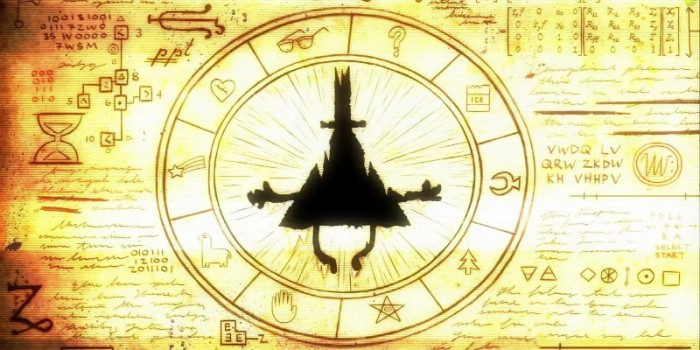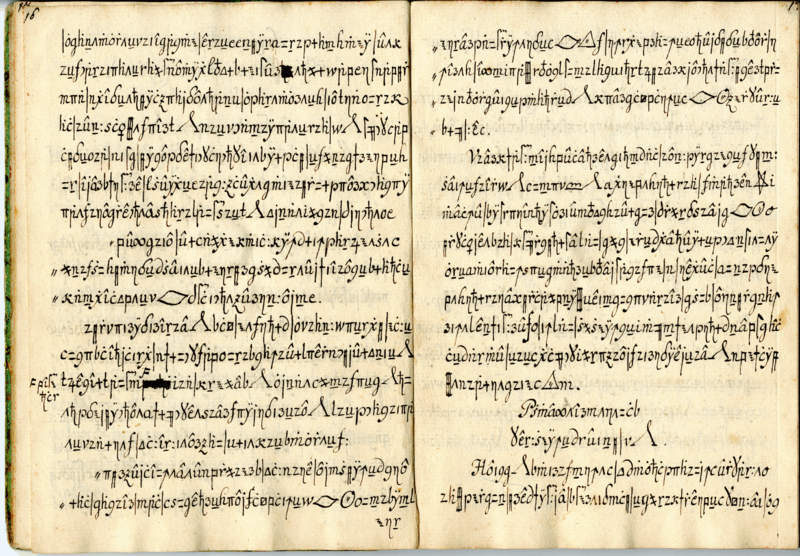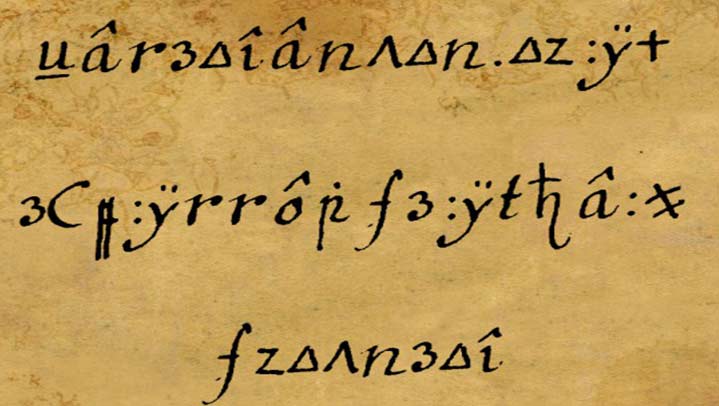Copiale Cipher - What Exactly Is It That Took 2 Centuries To Crack?
Secret writing is something to be done with rituals or perhaps it is the only a vision of hidden messages. Well, that’s still ...

Secret writing is something to be done with rituals or perhaps it is the only a vision of hidden messages. Well, that’s still a mystery to be unfolded but cryptography holds a definite value for many Masons. While the origin of Freemasonry is still a question, there are basically no everlasting Masonic ciphers today.
It was in 1970, at East German Library, an enciphered manuscript was discovered and escaped all the attempts at decipherment. It was in April 2011 when the Copiale Cipher was broken, explored, and released in public 6 months later.

Cipher Was Finally Cracked After 260 Years & It’s Hard To Believe
Copiale Cipher is a concealed manuscript that consist 75,000 handwritten characters and 105 pages in a bound volume. Surprisingly, the document was undeciphered for more than 260 years and the document was finally cracked in 2011 with some modern computer techniques.
And Here’s The Mystic Content Behind The Manuscript
The name Copiale originated from one of only two unencrypted references all through the manuscript “Philipp 1866 and Copiales 3”. The cipher adds 90 unique characters right from Greek characters, abstract symbols, to Roman letters in both uppercase and lowercase, diacritics (glyphs added to a letter, e.g. á or ê). To make it more complicated, there is no word spacing, all over the script and the text appears centered, left, justified and right all at random. The only simplified words were Copiales 3 and Philip 1866 at the end and at the flyleaf respectively.
As per the researches the first 16 pages of the script described an Oculist initiation ceremony. Apart from other things, the document also explains an initiation ritual in which the applicant is asked to read an unused paper and on admitting inability to do so, the candidate is given eyeglasses and asked to repeat it after washing the eyes with cloth, followed by an operation. i.e in which a single eyebrow hair is pulled.
Was The Manuscript documented in 1730?
Different searches examined the manuscript at the times; the scientists at the German Academy of Sciences at Berlin exclaimed that cipher was thought to date from 1760’s to 1780’s. Decipherment clarified that the code was created by secret society called as “high enlightened oculist order’ or Oculists in 1730’s.
Substitution Cipher
Copiale Cipher is not a 1-for -1 substitution rather a homophonic cipher. Each character in the document stands for a particular text, and it could also happen that several cipher text characters may depict the same text characters.
Eg. ("†") = sch
Several ciphertext characters = a single “e”
Unaccented Roman characters = space

Breaking the Code
III S. Brent Morris, 33°, G.C, a retired U.S. govt mathematician explained that, “This is a homophonic cipher. For ex- low frequency letters ie. ( q, j, etc) are only one cipher character, while high frequency characters (q,n,e) are other cipher characters.
Something with this hint, cryptologic mathematician started solving such problems and Copiale Cipher was broken by team of 3 academics: Dr Beata Megyesi, Dr Kevin Knight and Christiane Schafer.
Started with the conversion of the texts in the machine readable form by Dr Knight, the document was found in Germany. The team first assumed that the Roman characters include all the important information while the extra characters served as nulls just to confuse the decoders. But this approach failed and they tried with German language. Following with the other 40 languages like Latin, English and Non European languages, the team was failed to find the exact language for the cipher.
After many attempts, the team again tried with very slight variations of German. They were correct, and realized that the Roman letters were actually null while other extra characters have the hidden information. Using this technique, they slowly decoded the machine translation.
What’s Next ?
After converting the text into German, the text was translated into English. No one reported that this is a Masonic ritual, but it is interesting that the aim of the secret society has been reported as ophthalmology. For those without a background in ritual, the events appear to those of a Masonic body or of the one that is borrowed from Masonry. But this proof was not being specifically Masonic, it requires a mason well versed in German ritual.
Bro de Hayos saw the German word mopsen and mistranslated as ‘thieves’ on the second page of the cipher, this was the first sign when it was considered as the Masonic document. The codebreakers tried different scientific methods to exactly determine the age of the document, but the word mopsen allowed Bro de Hoyos to guess estimate a time of 1740’s to 1760’s for cipher.
The logogram which the code breakers spelled ‘lip’ was called out as ‘oculist’ or ‘eye doctor’. Bro de Hayosos, recognized the language and realized the question for Mason in English. Later the document became more legible for everyone.
The Ritual
There are different revisions of Masonic rituals as per the passage of time. 18th Centry German ritual would be different than what a Mason today is related with German and others. One of the messages comes from page 36, hereon, drawn only with chalk, so that everything can be erased after the reception, various drawings are drawn, namely a circular staircase of seven steps.….The English practice of drawing trestleboards is something which is already seen in lodges by English Mansory. Likewise, modern connections are also countless.
Copiale Cipher Decrypted
Hereon, drawn only with chalk, so that everything can be erased after the reception, various drawings are drawn, namely a circular staircase of seven steps…The entire perimeter of the carpet is an edge after the 4 mundis the 4 letters E…S….W…N are written. Towards the middle of the column there is a big I…and there is the same column B on the southern side. A round star surrounded by the beams is situated at the middle of the carpet that is referred as comet.
Source=”wiki” “scottishrite.org”
Popular Posts
Top 10 Sharpest & Deadliest Swords In History
In classic mythological movies, books and television, we’ve seen those audacious sword-wielding heroes smiting the enemi...
Augustus Perez
List of Water Deities from Different Mythologies
Water deities are the gods and goddesses who had the powers to control the elements of water and ruled over all the fresh and saltwater of the earth. Here’s a list of water deities from different mythologies.
Rishika Gupta
Winged Lion: The Terrifying Mythical Creature In Different Mythologies
A mythological creature, a winged lion dates back to ancient times. This flying lion-like creature has origins in Heraldry, Christianity, Mesopotamian, and Greek mythologies.
Ethan Stephans








